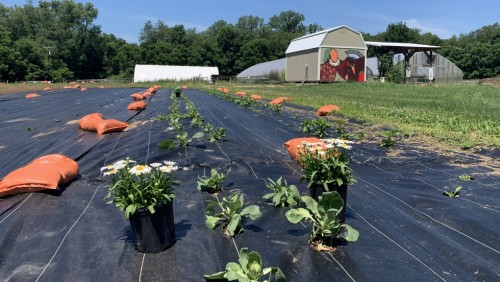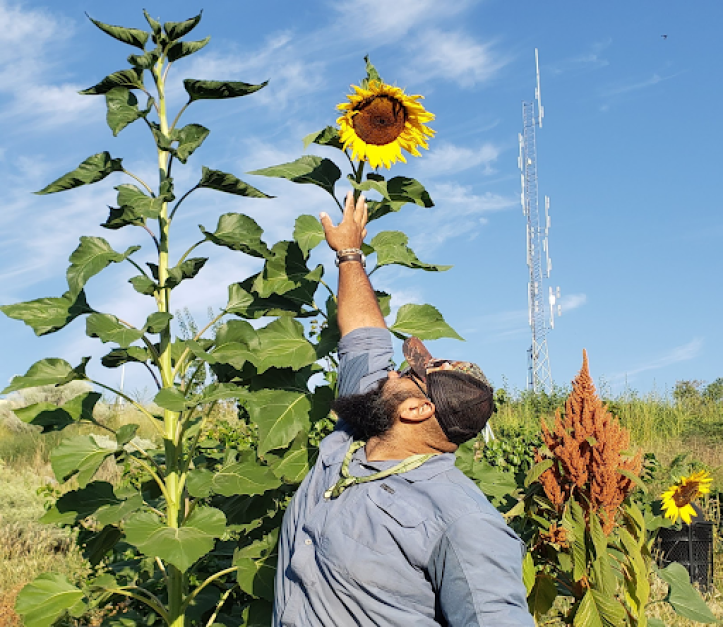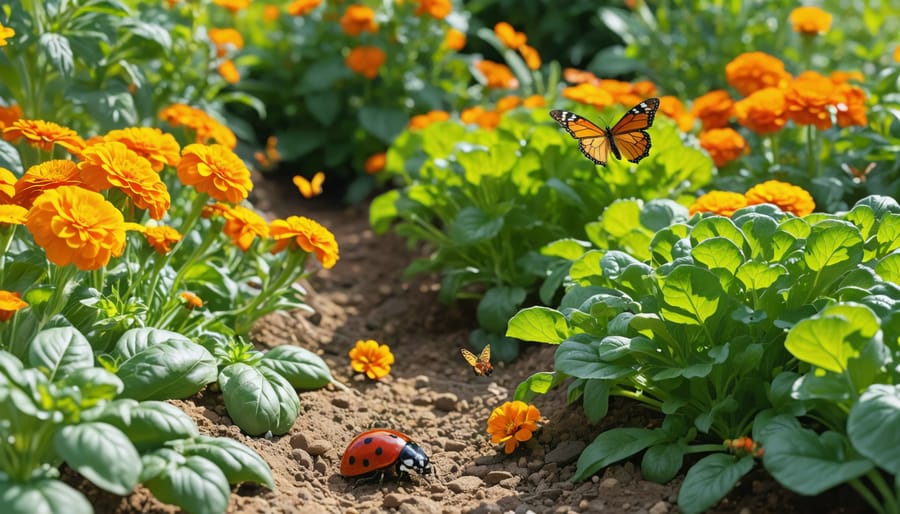
Unlock the Secrets of Your Garden with Companion Planting
Are you ready to take your home garden to the next level? Imagine a thriving ecosystem where plants help each other grow stronger, resist pests, and produce more bountiful harvests. This isn't just a dream; it's the power of companion planting! In its simplest form, companion planting is the practice of growing different plants together in close proximity to benefit one or both. It's nature's way of creating a balanced and productive garden, and it's a technique that can bring amazing results to your backyard. Let's dig in and explore how companion planting can transform your gardening experience!
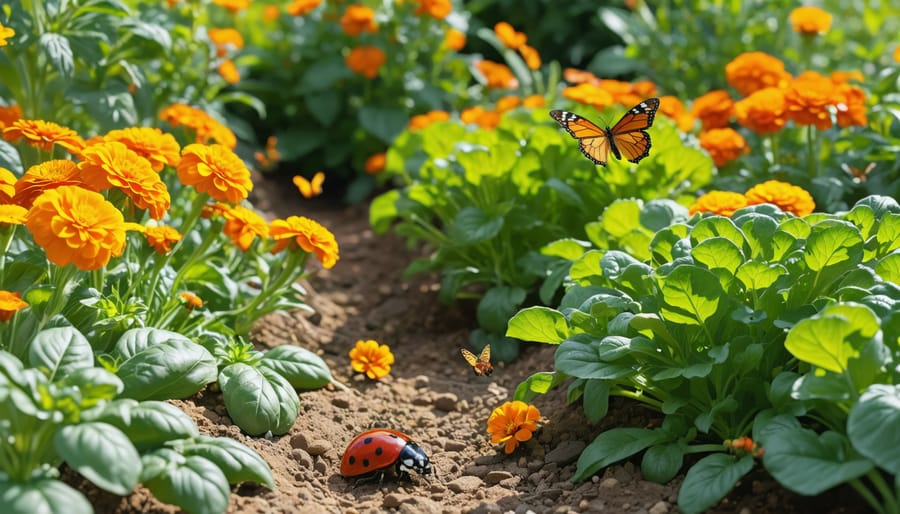
The Why and How of Companion Planting
So, why does companion planting work? It all boils down to understanding the relationships between different plants. Some plants release chemicals into the soil that can benefit their neighbors, while others attract beneficial insects that prey on common garden pests. Some plants offer physical support or shade to others, creating a microclimate that promotes healthy growth.
The core principles of companion planting are:
- Beneficial Interactions: Identifying plants that positively influence each other's growth, health, or flavor.
- Pest and Disease Control: Utilizing plants that repel pests or attract beneficial insects.
- Nutrient Management: Pairing plants that have different nutrient needs to prevent depletion of specific resources in the soil.
- Space Optimization: Using plants with different growth habits to maximize the use of available space.
Powerhouse Plant Pairings: Examples You Can Use
Ready to put companion planting into practice? Here are five fantastic pairings to get you started:
- Tomatoes and Basil: This classic combination is more than just a culinary delight. Basil repels tomato hornworms and whiteflies, while also improving the flavor of the tomatoes. Plant basil seedlings close to your tomato plants for maximum benefit.
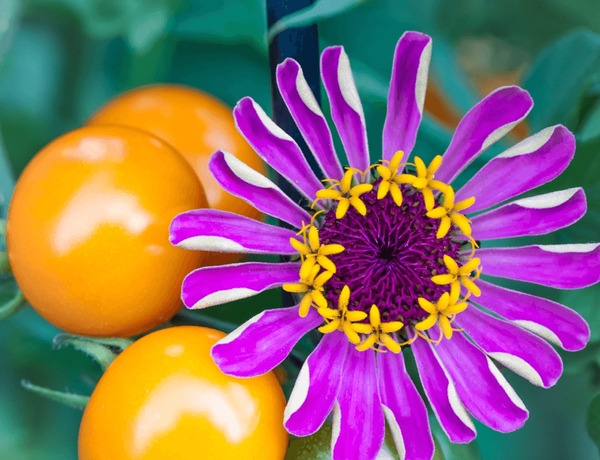
Carrots and Onions: A match made in garden heaven! Onions repel carrot root flies, and carrots deter onion flies. Plant them in alternating rows for a mutually beneficial relationship.
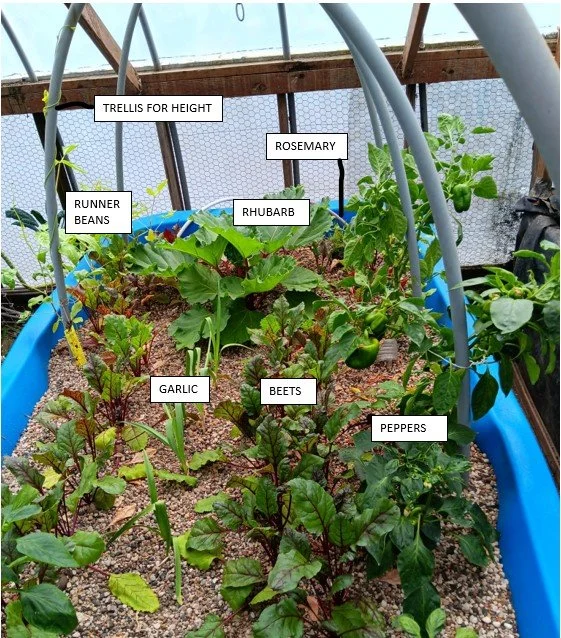
Marigolds and Almost Everything: Marigolds are the superheroes of the garden. They release a substance into the soil that repels nematodes, tiny worms that can damage plant roots. Plant them throughout your garden to protect a wide variety of vegetables.
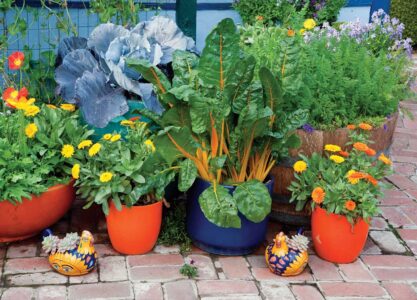
Beans and Corn: This is a traditional pairing used by indigenous cultures for centuries, often called the "Three Sisters" when squash is added. The corn provides a natural trellis for the beans to climb, while the beans fix nitrogen in the soil, benefiting the corn.

Radishes and Cucumbers: Radishes act as a trap crop, attracting flea beetles away from cucumber plants. They also help break up the soil, making it easier for cucumber roots to grow.

The Bountiful Benefits of Companion Planting
Companion planting offers a plethora of advantages for the home gardener:
- Natural Pest Control: Reduce or eliminate the need for chemical pesticides by utilizing plants that repel pests or attract beneficial insects.
- Improved Pollination: Attract pollinators like bees and butterflies with flowering herbs and plants, boosting fruit and vegetable production.
- Enhanced Growth: Provide shade, support, or nutrient benefits to help your plants thrive.
- Efficient Use of Space: Maximize your garden's productivity by interplanting different crops with varying growth habits.
- Better Soil Health: Some plants, like legumes, fix nitrogen in the soil, enriching it for other plants.
- Weed Suppression: Some plants act as a ground cover, suppressing weed growth.
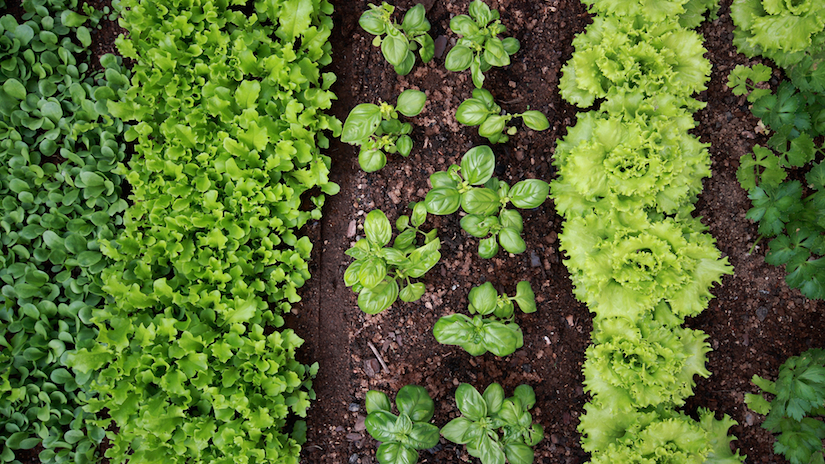
Avoiding Common Companion Planting Pitfalls
While companion planting is a powerful tool, it's essential to avoid common mistakes:
- Conflicting Combinations: Some plants can actually hinder each other's growth. For example, avoid planting fennel near most vegetables, as it can inhibit their development.
- Overcrowding: Ensure that each plant has enough space to grow and receive adequate sunlight.
- Ignoring Individual Needs: Consider the specific requirements of each plant, such as sunlight, water, and soil type.
- Relying Solely on Companion Planting: While companion planting can be very effective, it's not a magic bullet. You may still need to address other garden issues, such as soil deficiencies or severe pest infestations.
- Not researching: It is important to research your plants to ensure that they will work well with each other and that one plant will not become invasive and choke out the other
Embrace the Power of Partnership
Companion planting is a fantastic way to create a more sustainable, productive, and enjoyable garden. By understanding the relationships between plants and utilizing these natural synergies, you can unlock the full potential of your home garden. So, why not give it a try? Experiment with different pairings, observe the results, and discover the magic of companion planting for yourself. Happy gardening!
